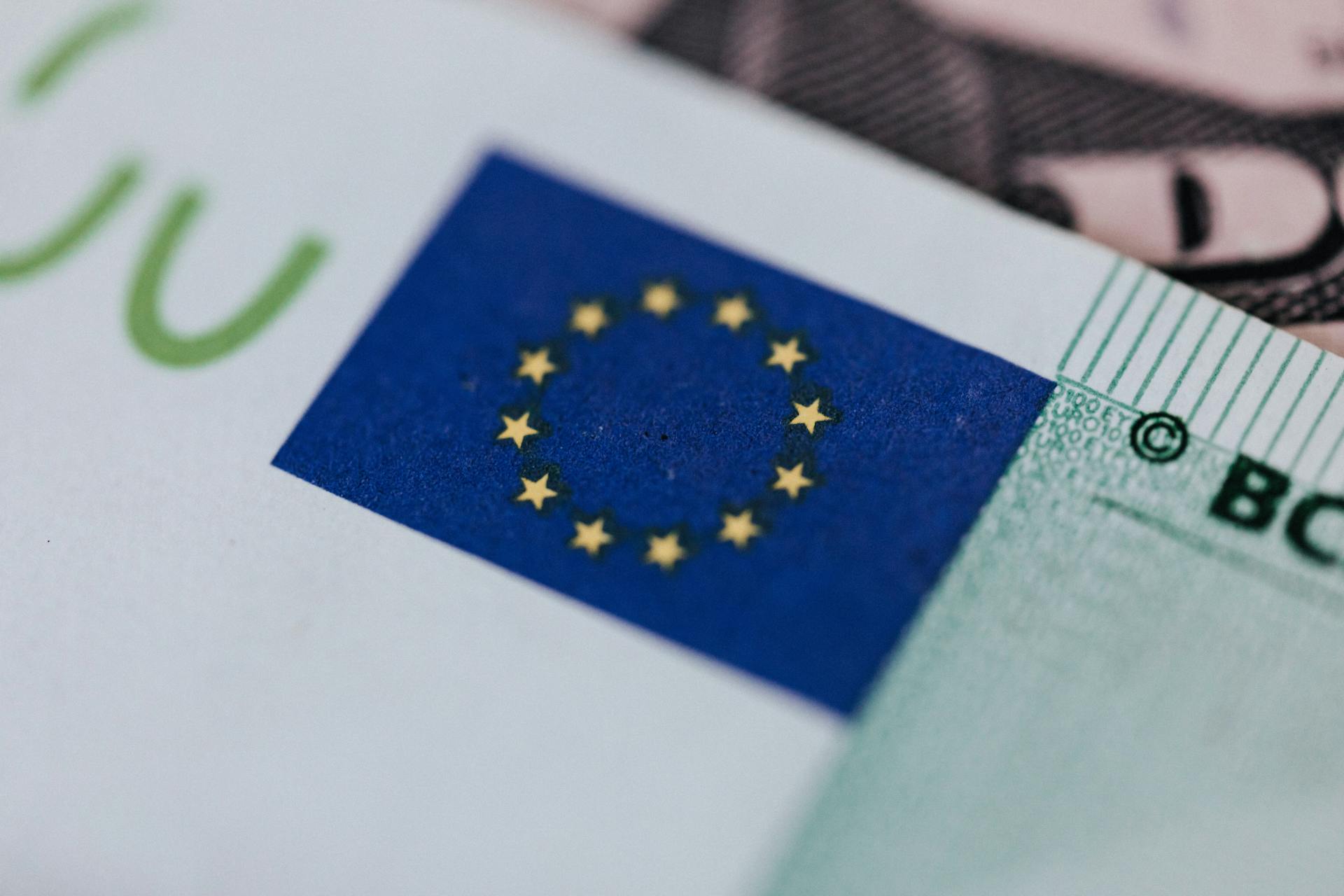Will the Euro Rise in the Face of Tariffs?
As of April 2025, the euro is showing signs of strength in the foreign exchange (forex) market. This reflects a complex global landscape shaped by renewed tariff tensions and mounting concerns over a potential global recession. With the Trump-era tariffs back in focus and JPMorgan raising the probability of a U.S.-led global recession to 60%, the EUR/USD exchange rate is drawing renewed attention from market observers.
The Trump Tariffs and a Shifting Trade Environment
The reintroduction and expansion of trade tariffs under the Trump campaign have reignited transatlantic trade tensions. While initially targeted at specific sectors, these tariffs have broadened in scope, impacting key European exports to the U.S. This has prompted strong rhetoric from EU policymakers and discussions around potential countermeasures.
However, in a twist of market sentiment, the U.S. dollar—typically viewed as a global safe haven—has come under pressure. Investors are reevaluating its strength amid a deteriorating domestic outlook. This shift has contributed to a stronger euro, as traders pivot toward alternative major currencies perceived to have more stable or improving fundamentals.
EUR/USD Eyes 1.10 as Dollar Weakens
Recent price action confirms this shift. The euro has rallied against the dollar, pushing the EUR/USD exchange rate toward the psychologically important 1.10 level. According to TradingView reports, the move comes as traders “ditch the tariff-battered dollar.” This suggests a sentiment-driven flow into the euro not solely based on economic data, but also on relative political and policy risks.
This momentum may also be reinforced by the view that the European Central Bank (ECB), despite its dovish posture, may have limited room to cut rates further. This is especially true compared to the Federal Reserve, which is under pressure to ease monetary conditions should recession signals deepen.
Recession Risk: JPMorgan Flags 60% Probability
Adding to the euro’s tailwinds is a new forecast from JPMorgan. The forecast raises the risk of a global recession—originating in the U.S.—to 60%. Factors cited include tightening financial conditions, reduced business investment, and the destabilizing effect of aggressive tariff policy. A potential downturn in the U.S. economy could shift capital flows away from dollar-denominated assets. This would create space for the euro to appreciate further as global portfolios rebalance.
While Europe is by no means immune to a global slowdown, the relative impact of the tariffs appears more heavily skewed toward the U.S., at least in current market pricing.
Macro Fundamentals Still Matter
Even as geopolitical and recession-driven themes dominate, the euro’s underlying fundamentals remain key to its medium-term direction. Eurozone inflation has been gradually normalizing. While growth remains modest, it is relatively stable compared to recent contractions in U.S. manufacturing and consumer sentiment data. These dynamics add to the euro’s appeal as a relatively defensive currency in today’s market.
The Bigger Picture
Despite the current momentum, forex markets remain fluid and susceptible to rapid changes in sentiment. The euro is benefiting from a weaker dollar and heightened U.S. economic risks in April 2025. However, this landscape could shift depending on monetary policy, fiscal responses, and any escalation or de-escalation in tariff-related negotiations.
Conclusion
In a financial world increasingly shaped by geopolitics and global economic uncertainty, the euro has emerged—at least temporarily—as an interesting opportunity in the forex market. The combination of tariff pressure on the U.S. dollar and rising recession fears is altering the traditional safe haven narrative, giving the euro a new edge in early 2025. For now, it stands firm at the crossroads of policy and perception.







